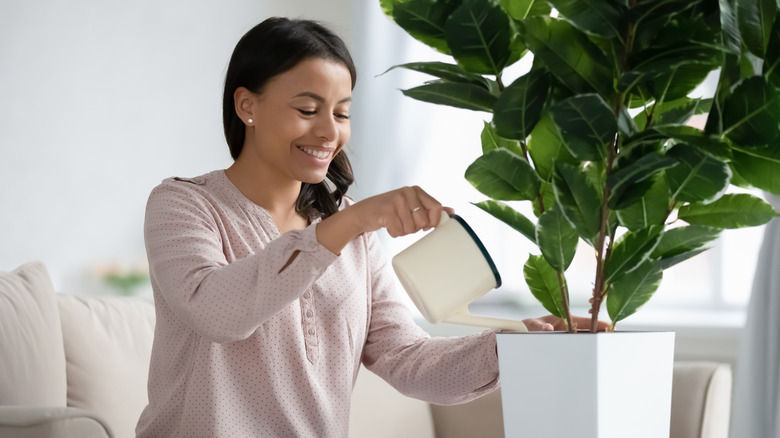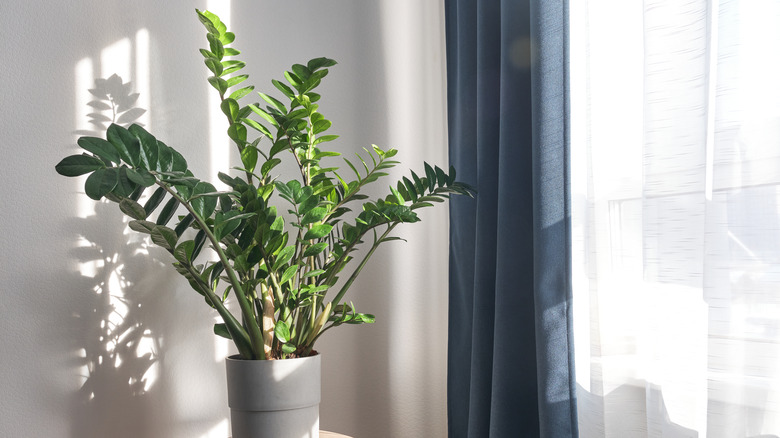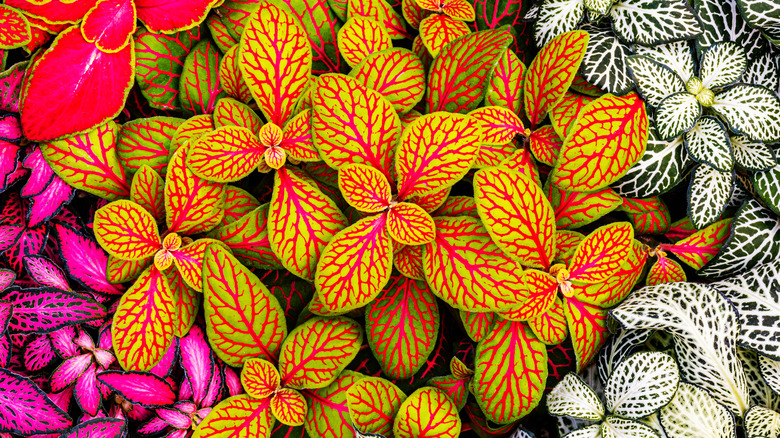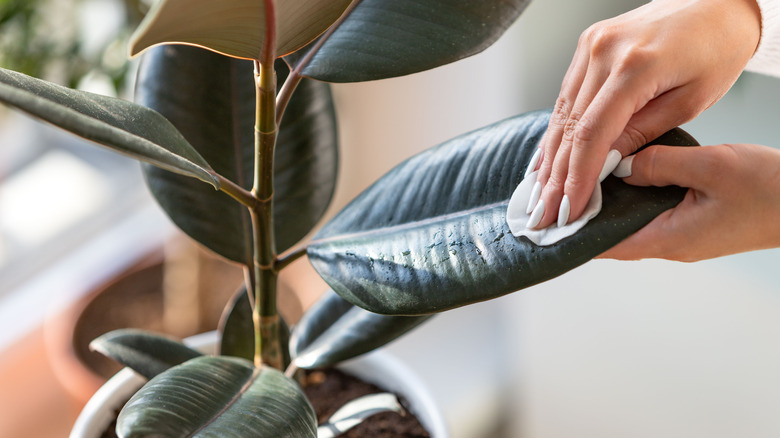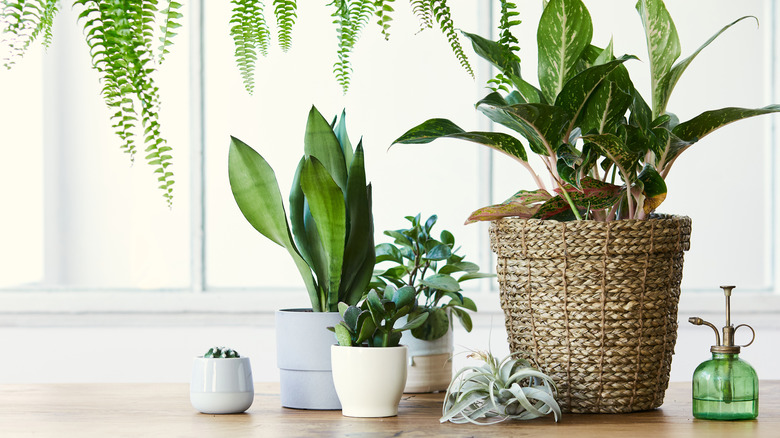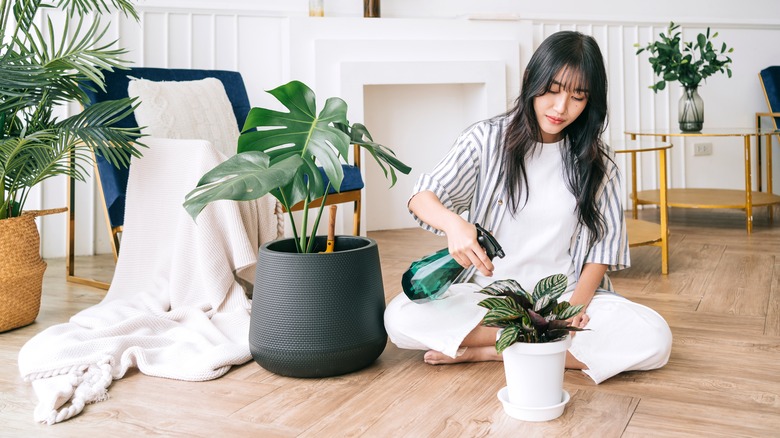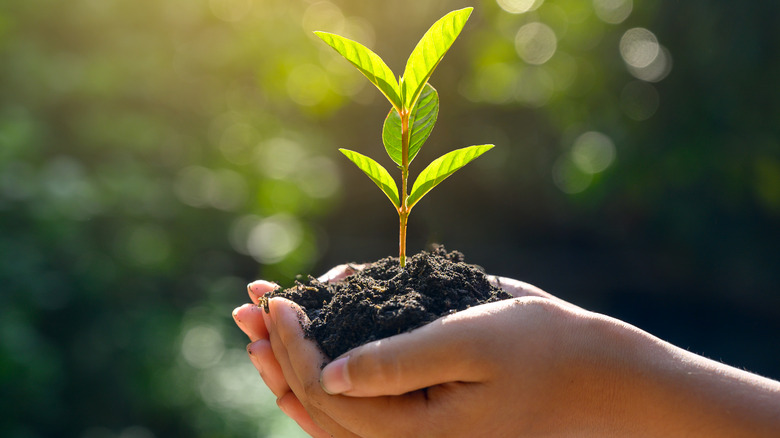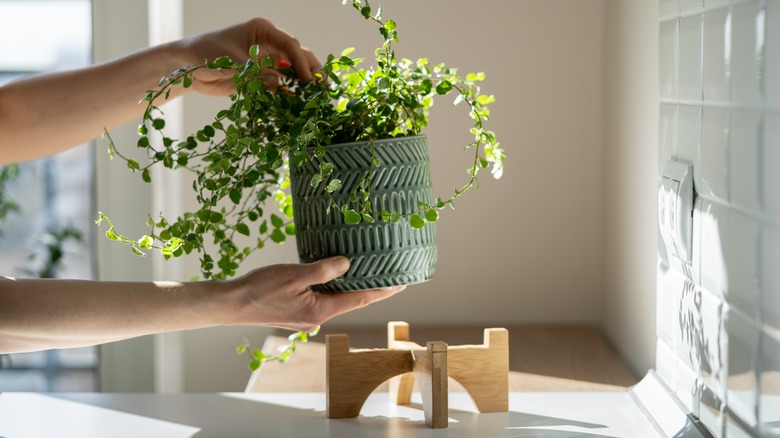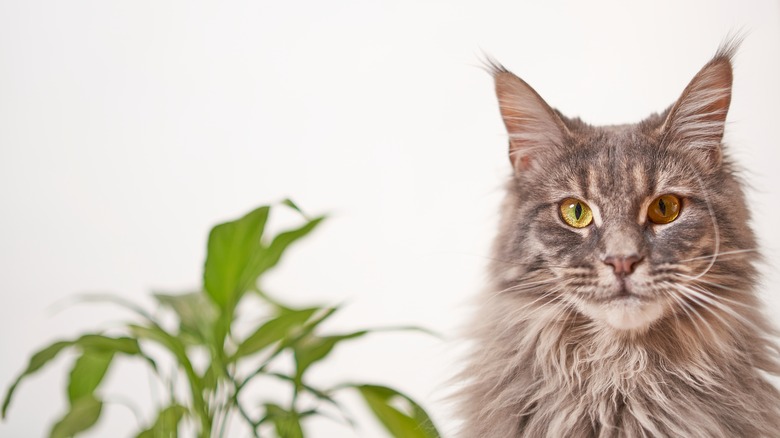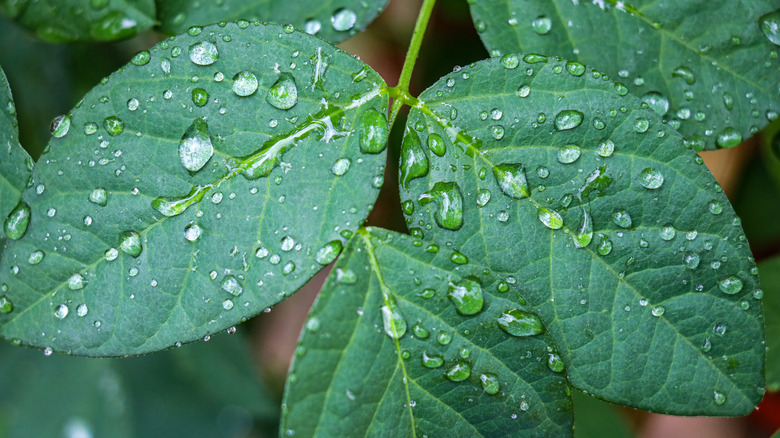Simple Tips For Keeping Your Houseplants Healthy In Any Condition
So you're embarking on the exciting journey of plant parenthood, but perhaps you're feeling overwhelmed by all the rules and complex advice you've received on finding the right plant for your space. Or maybe you've already begun the journey but have not had any luck keeping your houseplants alive.
Committing so much time to nurture your indoor garden only to be left with dead or dying plants may not fill you with optimism, but the good news is gardening doesn't have to be a massive thorn in your side. The benefits of bringing nature into your space far outweigh any complications in their care. A Journal of Psychological Anthropology study states that interacting with houseplants can help reduce psychological and physiological stress and anxiety. However, you must consider several factors to find the right plant for you and your living space. So how can you keep your plants alive and healthy and keep the stresses at bay? Here are some simple tips.
Know yourself, your space, and your plants
Ultimately, research is key to understanding which plants will work well under the conditions of your living space. Remember, you're dealing with living things that can be temperamental and demanding. But before you begin plant shopping, take a beat to consider what kind of plant parent you might be: Are you the overzealous type, constantly fussing over your plant babies? The minimalist lover who likes simple, agreeable plants? Or do you tend to forget you have plants altogether, panicking when you finally realize they might need some water? Depending on where you fall, you can choose a less demanding plant.
When it comes to your space, you want to do the same. Do you have multiple natural light sources coming in, or is your living area a little darker? Do you live in tropical climes, or do blistering winters make up most of the year? If the latter, you might want to consider some low-maintenance plants, like the ZZ plant, that can go without much warmth or water.
Light is important
Of course, every plant needs a bit of light to thrive, but some demand more natural illumination than others. Choosing the right plant for your space will depend on where you live and how much natural light your home gets. If you happen to live in a building that doesn't have access to a lot of light, don't fret. Many broad-leaf plants thrive in darker spaces thanks to their leaf size. The large width laps up any available light, helping it grow (via Garden Therapy).
It's worth noting that even plants that can thrive in low lights may still require some direct or indirect sunlight. Direct light means that your houseplants are receiving light without obstruction. Indirect light then means that the light is being filtered through blinds or a reflective surface. Plants like the Hoya and nerve plants are great low-light options, as they can thrive in relatively dark spaces.
Clean the leaves
At first glance, this may seem an odd tip considering plants are meant to thrive in nature and don't have access to such pampering. However, once a plant is taken indoors, the conditions of its survival change. The key reason to clean your leaves is to prevent the build-up of dirt, dust, and even mud, which can act as a block against direct or indirect light. Additionally, whether outdoor or indoor, plants must be able to photosynthesize — the process of turning energy from the sun into oxygen.
Cleaning your houseplants is a simple process involving little more than a damp cloth and a gentle touch (via The Stem). The critical thing to note when cleaning your leaves is not to press down too hard on them. They don't require too much energy from you — just a wipe-down to reduce the dust and dirt particles.
Pick the perfect pot for each plant
The pot your houseplant came in is likely different from the pot it should remain in. As a rule of [green] thumb, your pot should be 1 inch wider than your plant's root mass. In simpler terms, the pot you choose should offer your houseplant enough room to blossom.Another thing to consider is how much water each plant needs. Every plant has individual water needs; many will surprise you with how little or much they require. The pot you choose should be able to provide your houseplant with this basic need for water retention or drainage, as the case may be.
According to Green House Studio, a narrow pot will drain its water faster than a wide pot, so be sure to research each plant's best shape and size. Additionally, it also matters what your plant pot is made out of. A metal or plastic pot is excellent for thirstier plants as it retains water well, while clay or ceramic is a great option for plants that do not require frequent watering to survive.
Water your plants properly
Believe it or not, not all plants are created equally, and, as such, no two plants require the same amount of water — or even the same watering technique — to thrive. In an interview with NBC News, plant scientist Christopher Satch advised, "If the soil is dry, then you can water it. Depending on the season, some plants may be watered every couple of days, to every week, to even every 2 weeks." Satch advises that plant parents go no more than two weeks without watering their plants.
So what are the rules for watering a plant aside from checking the soil? One fundamental rule is to use a watering can instead of a bottle or glass. This is because watering can allow for a gentler and more even water distribution to the soil (via Millcreek Gardens). Going back to the point about checking the soil, it is also essential to thoroughly water the soil when it is dry. You don't want to stop until you see water running out of the drainage hole.
The type of soil you choose matters
By now, these tips may seem a tad overwhelming, but that's only because of how specific they are. Ultimately, these rules only require thoughtfulness and research. When it comes to your houseplant's well-being, the type of soil it is potted in really goes a long way to ensure it stays alive. There are soil options for every kind of plant, from the generic to the hyperspecific, and it's as easy as checking the label of the soil to see if your type of plant is mentioned.
But why does the type of soil even matter? Well, in simple terms, houseplant soil is made up of something called loam, a combination of sand, clay, and decomposed matter (via Patch Gardens). These materials are excellent for many houseplants as they retain water well; however, they might be too moisture-heavy for more drought-friendly plants such as succulents. So choosing the right type of soil is one of the key ways to keep your houseplants alive and thriving.
Quarantine your new plants
When introducing a new plant to your indoor garden, you must isolate the newbie first and inspect it for insects and diseases that could prove harmful to your other plants. You should aim to quarantine your plants for a month, although two weeks will suffice in most cases. While this is a general rule, it is particularly true of plants from outdoor gardens, especially during warmer months when pests are more rampant.
During the two-week to 30-day quarantine period, you should inspect your new plant for any signs of insect invasion or disease. This is best done in a space with enough light for you to examine each leaf for any signs of unwanted tenants. Yellow or yellowing leaves are not necessarily signs of disease, so they can be cut off at the stem. However, monitor other leaves for the same fate and check the branches and soil.
Keep pets at bay
Aw, how cute, your pet is drawn to your houseplant. But what if your pet's interest turns sinister? Not so cute. As always, there's a solution to this adorable problem — lemon juice. Diluted lemon juice in a spray bottle can be spritzed on the soil of your houseplants to keep your dogs at bay, but this solution can be hazardous for cats, so steer clear if you're a feline fosterer (via Plant Perfect). Suspending your plants from a hanging pot or simply placing them out of reach on higher surfaces is a less toxic alternative if you have cats.
It's also worth noting that if you're a pet owner with an affinity for plants, you might want to research which plants are toxic to your pets should they get near them. Bamboo, rubber tree plants, and bunny ear cacti are three examples of non-toxic plants for your pet-filled home (via Critter Facts).
Keep the humidity high
Moisture is one of the essential parts of keeping your plants alive and healthy. We've spoken a lot about how much water a plant does or doesn't need, but your home's humidity is also a critical factor in your houseplant's well-being. According to Bloomscape, houseplants can require as much as 40% to 60% more humidity than our homes can provide. Thankfully, the solutions aren't complicated.
Humidifiers are an excellent option. Since many tropical plants are accustomed to moister conditions, humidifiers can act as a moisture delivery system for thirsty plants. If you opt for a humidifier, be sure not to point it directly at your plants as that could cause moisture build-up, which plants hate. Another option is the pebble tray. As the name suggests, this refers to a tray or dish filled with small stones, pebbles, and water. The pebble tray is a cheap and cheerful way to rescue your parched plants; you can even make it at home. All you have to do is put the potted plant on top of the tray, and voila!
